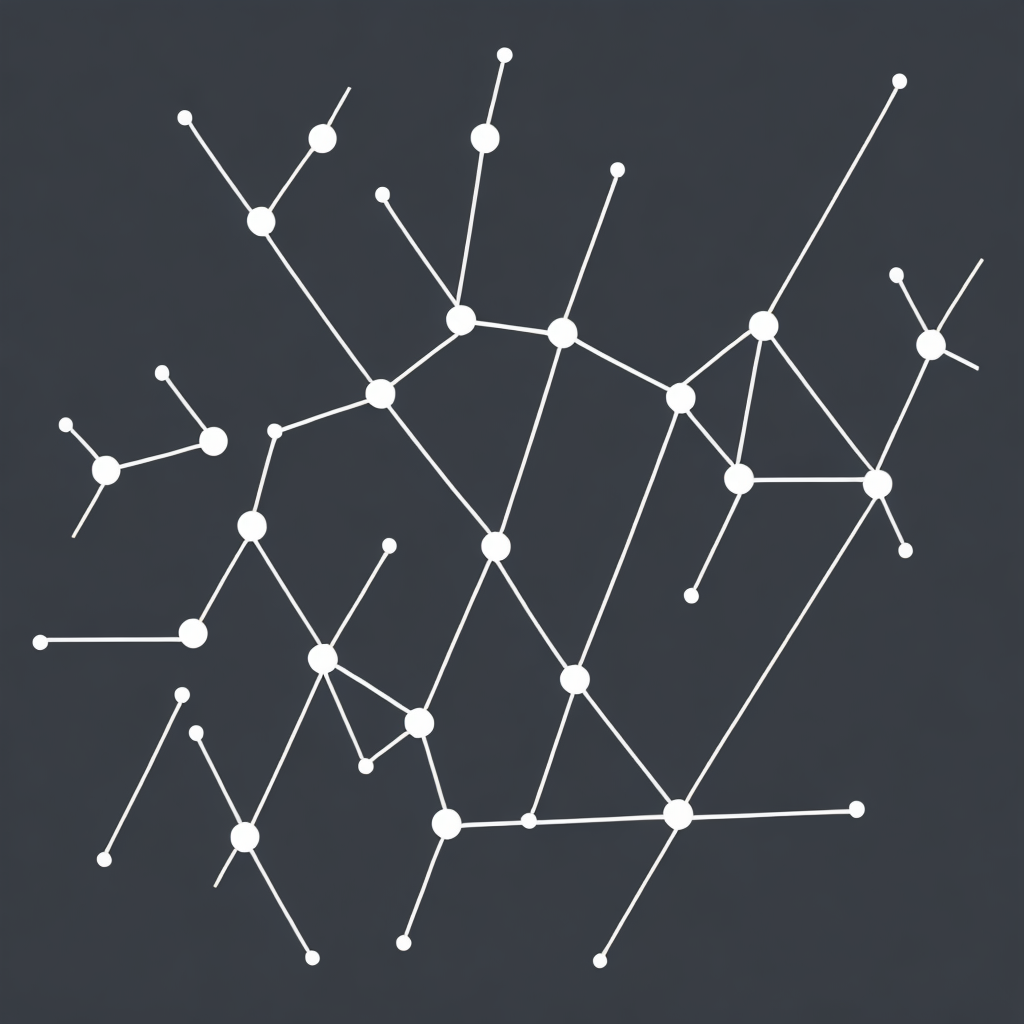Unlocking the Power of Knowledge Graphs: Navigating the Future of Data Management and Artificial Intelligence
In the rapidly evolving landscape of data management and artificial intelligence (AI), knowledge graphs are emerging as game-changing tools. These information structures, unlike traditional databases, provide a highly interconnected, semantic representation of data that can be leveraged for a myriad of applications. By understanding the nature, capabilities, and potential applications of knowledge graphs, organizations can unlock new levels of efficiency, insight, and innovation.
### The Nature of Knowledge Graphs
Knowledge graphs represent complex data as a network of nodes (entities) and edges (relationships between those entities). Unlike relational databases, which primarily focus on the storage of structured data in tables, knowledge graphs support the description of data at the micro and macro-level, allowing for nuanced connections and insights that reveal the underlying patterns of the world.
#### Semantic Meaning
A critical component of knowledge graphs is their semantic understanding capacity. This allows nodes to have rich descriptions, including types, subtypes, synonyms, and attributes, which in turn enables more intuitive and meaningful querying of data. The semantics layer enables advanced search capabilities, tailoring results to the context and intent of the user.
### Applications and Benefits
1. **Enhanced Search Capabilities**: Knowledge graphs improve the accuracy and relevance of search results by considering not just exact keyword matches but the broader context encompassed by linked entities. This is particularly useful in domains like natural language processing and question-answering systems.
2. **Improved Decision-Making**: By providing a clear, interconnected view of data across various dimensions (such as market trends, customer behavior, or operational insights), knowledge graphs enable more informed decision-making. This is particularly valuable in AI-driven fields where predictive and prescriptive analytics can guide strategic choices.
3. **Streamlined Data Management**: The interconnected nature of knowledge graphs can help reduce data redundancy and improve data consistency. By identifying and integrating related data from multiple sources, organizations can ensure that their data infrastructure is more coherent and efficient.
4. **Facilitating Personalization**: In contexts like personalized advertising or product recommendations, knowledge graphs can create highly tailored experiences by leveraging detailed information about user preferences and behaviors linked to various entities.
### Challenges and Future Developments
While the potential of knowledge graphs is significant, several challenges stand in the way of their widespread adoption. These include:
– **Data Integration and Management**: Handling the diversity and scale of data sources while maintaining data quality is a major challenge. As the graph grows, the complexity of maintaining its consistency and scalability increases.
– **Complexity and Scalability**: The deeper connectivity of knowledge graphs can lead to complex structures that are difficult to navigate and maintain at scale. Innovations in graph databases and processing technologies are being developed to address these issues.
– **Security and Privacy**: Ensuring the protection of data, especially where entities are sensitive, is critical. Advanced security measures and privacy-preserving techniques are needed to manage the sensitivity of the data.
### Conclusion
As we look ahead to the future of data management and AI, the potential impact of knowledge graphs is poised to redefine the landscape. With ongoing advancements in technology, methodologies, and optimization of graph databases, organizations can harness the power of interconnected data to accelerate innovation, improve efficiency, and gain deeper insights across various applications. The keys to unlocking this potential lie in effective data integration, leveraging semantic understanding, and addressing the inherent challenges to ensure the widespread adoption and optimization of knowledge graphs.
